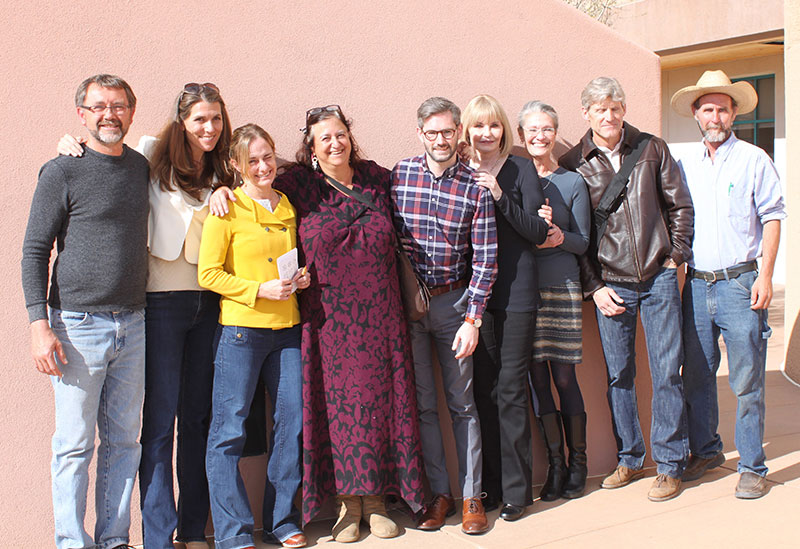
On March 29, full-time faculty members at Santa Fe Community College voted overwhelmingly to form a union, with 93 percent casting ballots in favor of unionization. Roughly fifty faculty members represented by SFCC-AAUP belong to the newest AAUP Collective Bargaining Congress chapter. Faculty at the college filed signed authorization cards with the New Mexico Public Employee Labor Relations Board in December.
“We knew that building a voice for faculty would only come by creating a broadly shared vision, and that unity could only come from connecting with one another,” said Marci Eannarino, one of the faculty members leading the unionization effort. “So we did what faculty do best—we set out to learn from each other. We shared experiences we were having in our programs and in our classrooms, and we had frank discussions about how we saw collective bargaining as a possible solution to those issues. This model persisted throughout all phases as the campaign unfolded. Eventually, our momentum and our desire to be unified took on a life of its own.”
Faculty will lean on those organizing skills as they prepare to negotiate their first contract with the SFCC administration. Goals for the contract include policies that uphold shared governance, distribute workload equitably, and create standards to hold everyone at the college accountable. The union hopes that the contract will promote both faculty retention and student success. Faculty are also looking forward to implementing a grievance policy to resolve workplace issues fairly and transparently when they arise.
“We will continue to learn about and leverage all that our new relationship with the AAUP has to offer,” said Eannarino. “The AAUP has always been an ideal fit for us, and our campus has already benefited from Redbook policies on academic freedom and appropriate grievance processes. Throughout this campaign, the AAUP’s national office dedicated valuable energy and resources to us. We especially value its focus on faculty leadership anchored in selforganization and being effective in our own environment. All of this seems so very important, given the many serious challenges in today’s educational topography.”



